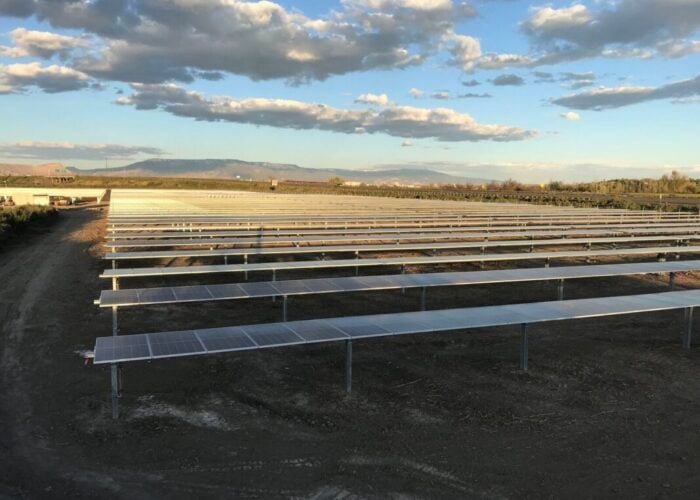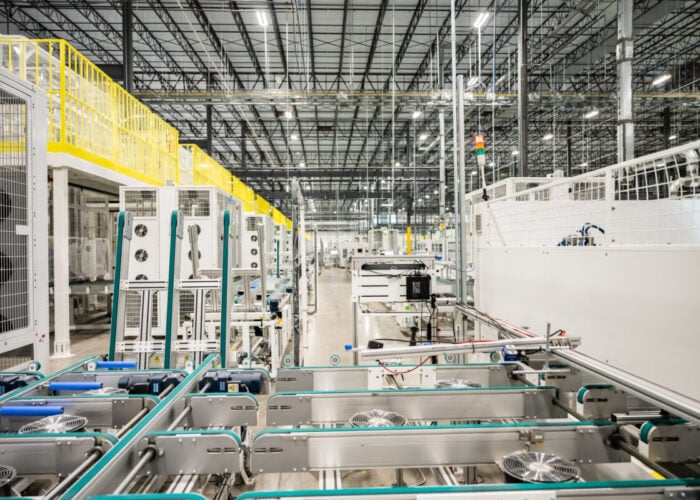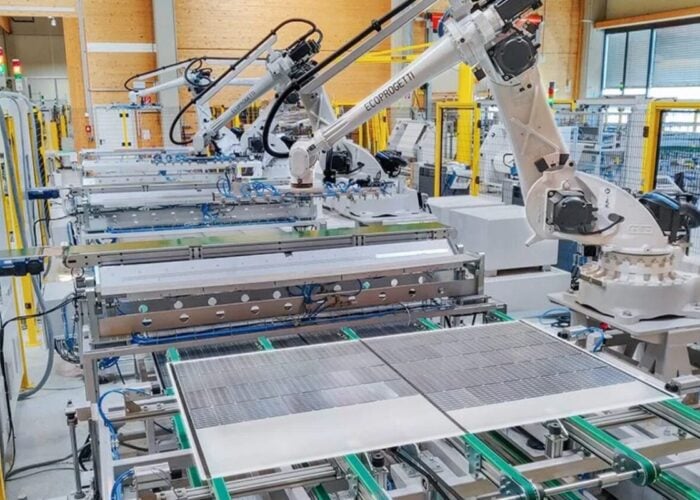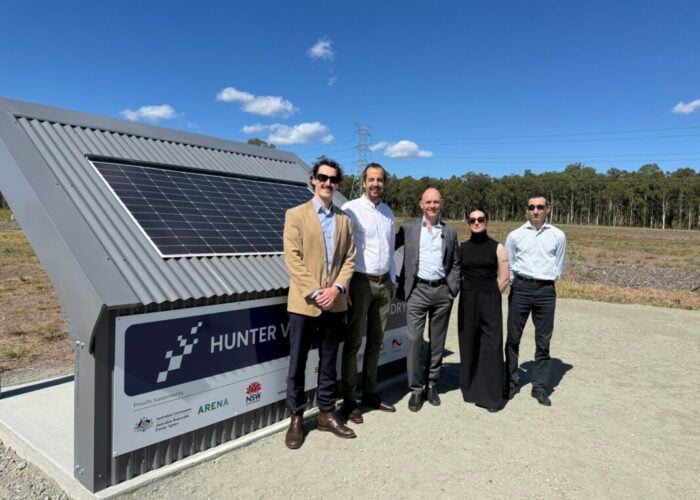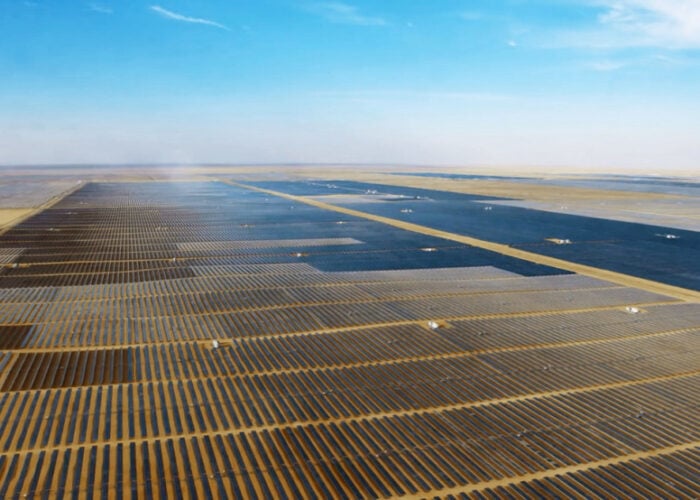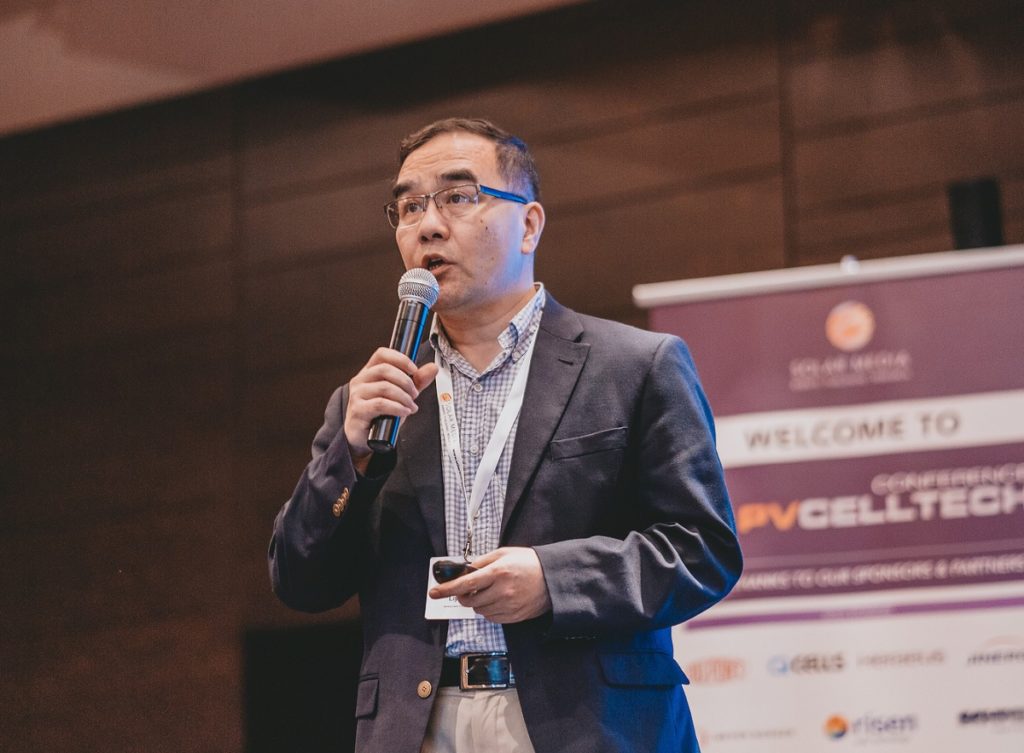
As the technology continues to mature, the race to successfully commercialise and drive heterojunction (HJT) manufacturing to the multi-gigawatt level is getting increasingly competitive.
Jinergy, brought under the control of Chinese energy giant Jinneng at the end of last year, is among the frontrunners of that race. PV Tech spoke to chief executive officer Liyou Yang to determine what the remaining challenges are in relation to mass HJT manufacturing, and how close the industry may be to it.
Try Premium for just $1
- Full premium access for the first month at only $1
- Converts to an annual rate after 30 days unless cancelled
- Cancel anytime during the trial period
Premium Benefits
- Expert industry analysis and interviews
- Digital access to PV Tech Power journal
- Exclusive event discounts
Or get the full Premium subscription right away
Or continue reading this article for free
PV Tech: Before talking about technology, can you update us on your parent company’s new holding structure? How does this give Jinergy financial stability going forward?
Liyou Yang: Jinergy is now part of Jinneng Holding Group which is an energy giant in Shanxi Province formed at the end of last year (2020) by merging and consolidating five of the seven major state-owned energy companies. The total assets of the group are estimated at about US$167.6 billion, including 400 million tons of coal production and 38.15GW of installed electricity generation capacity.
Its major businesses are in coal, electricity – both coal-based and renewables – and equipment manufacturing.
Having the new and stronger Jinneng Holding Group as the parent company does provide Jinergy with not only more long-term financial stability, but more importantly the commitment for technology development and future growth.
Jinergy remains one of the Chinese frontrunners for HJT manufacturing. What do you see as the main challenges in moving this to the multi-GW level?
Jinergy has set three targets for HJT technology before moving it to GW level. These are for conversion efficiencies to reach over 24.5%, for it to cost less than 115% of the price of PERC, and for Capex requirements to fall to below 125% of those needed for PERC.
Jinergy has been steadily improving the average cell efficiency for mass production and by the end of 2020, the average cell efficiency had reached over 24.0%.
With more efforts spent on cost reduction, Jinergy also believes that we can reach the cost target in the very near future.
On the Capex front, more and more major equipment manufacturers from around the globe have joined in the effort to make specialised equipment for HJT with ever larger throughput and lower cost per GW.
So, we are very hopeful that we will be able to reach all three major targets in about two years, which will make HJT very competitive against PERC and most likely TOPCon as well.
Jinergy’s overseas focus until now has been mainly on the Indian market. How do you see India moving forward over the next few years?
India is currently one of our major overseas markets. Over the past few years we’ve established a very good reputation among the major players and customers in India, and have shipped over 1GW modules to the country to date. Since India is still poised to do well in solar in the coming years, we believe we’ve earned the trust to ensure we can continue to serve the market well.
Jinergy’s high efficiency products are ideally suited for rooftop markets. Which countries outside China have the best potential for using these products?
Our high efficiency products have been shipped to Japan, Australia, Germany and Spain for rooftops. Markets like Europe, Japan, Australia have strong demand for high efficiency products because of limited space and high labour costs. Customers in these markets are more willing to select products with reliable performance and quality, such as HJT.
Jinergy was a sponsor of last year’s PV CellTech conference.


